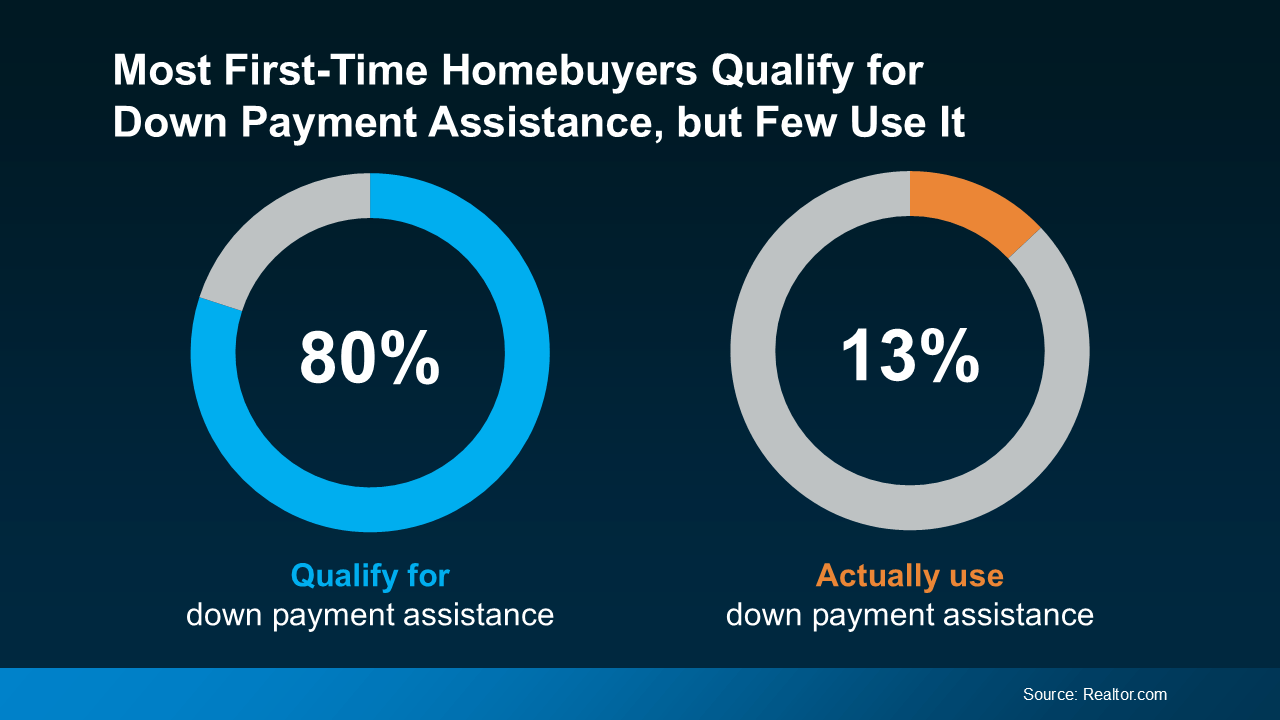Think No One’s Buying Homes Right Now? Think Again.

If you’ve seen headlines saying home sales are down compared to last year, you might be thinking – is it even a good time to sell?
Here’s the thing. Sure, the pace of the market has cooled compared to the frenzy we saw just a few years ago, but that’s not a red flag. It’s a return to normal. And normal doesn’t mean nothing’s happening. Buyers are still out there – and homes are still selling.
Why? Because real life doesn’t pause for perfect conditions. There are always people who need to buy – and this year is no exception. Buyers who are in the middle of a big change in their lives, a new marriage, a growing family, or a new job still need to move, no matter where mortgage rates are. And they may be looking for a home just like yours.
Every Minute 8 Homes Sell
Let’s break it down using the latest sales data from the National Association of Realtors (NAR). Based on the current pace, we’re on track to sell 4.03 million homes this year (not including new construction).
- 4.03 million homes ÷ 365 days = 11,041 homes sell per day
- 11,041 homes ÷ 24 hours = 460 homes sell per hour
- 460 homes ÷ 60 minutes = roughly 8 homes sell every minute
That means in the time it takes to read this, another 8 homes will sell. Let that sink in. Every minute, buyers are making moves – and sellers are closing deals.
The Right Agent Makes All the Difference
If you’ve been holding off on selling your house because you think buyers aren’t out there, let this reassure you – there are still buyers looking to buy.
But since the market is balancing out, selling today takes more than just putting up a sign in the yard. You’ve got to price your house right, market it well, and know how to reach the buyers who are ready to act. That’s where a trusted local agent comes in.
They’ll help you navigate this market, position your home to stand out, and guide you through every step.
Bottom Line
The market hasn’t stopped. Buyers are still buying. Life is still happening. And if selling your home is part of your next chapter, let’s make it happen.
Roughly 11,000 homes are selling every day – and yours could be next. When you’re ready to take the next step, let’s connect.
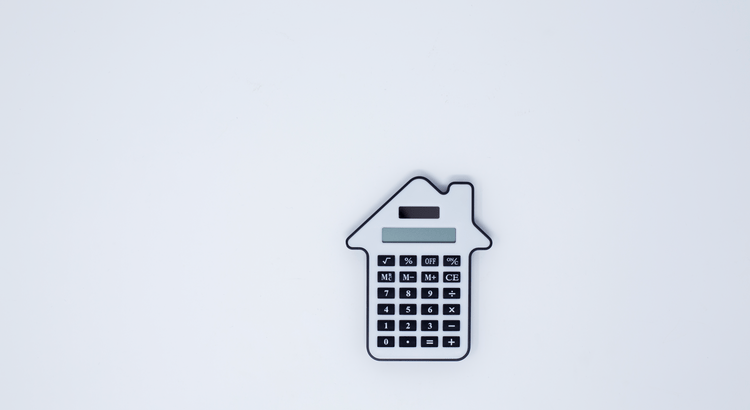
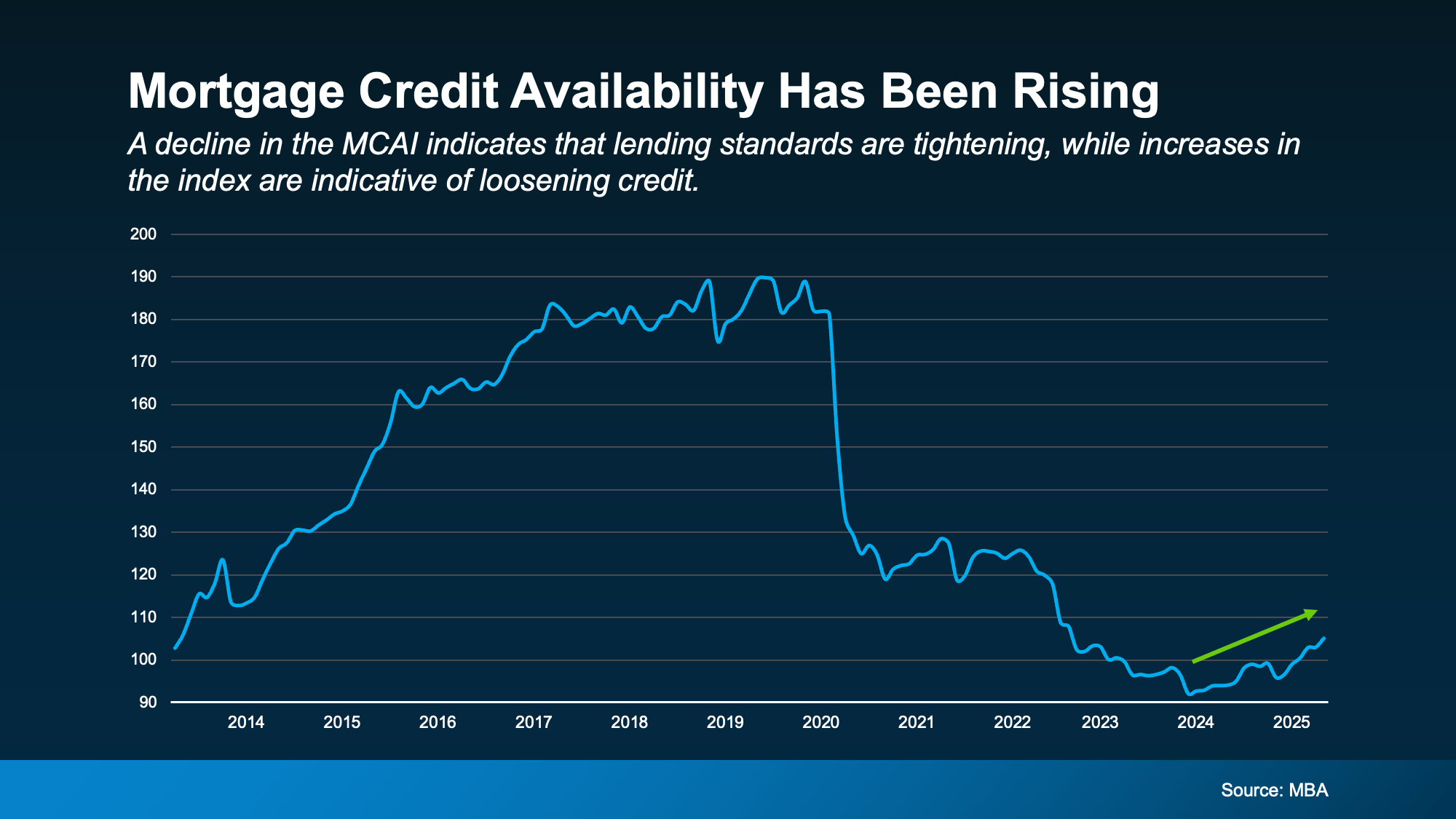
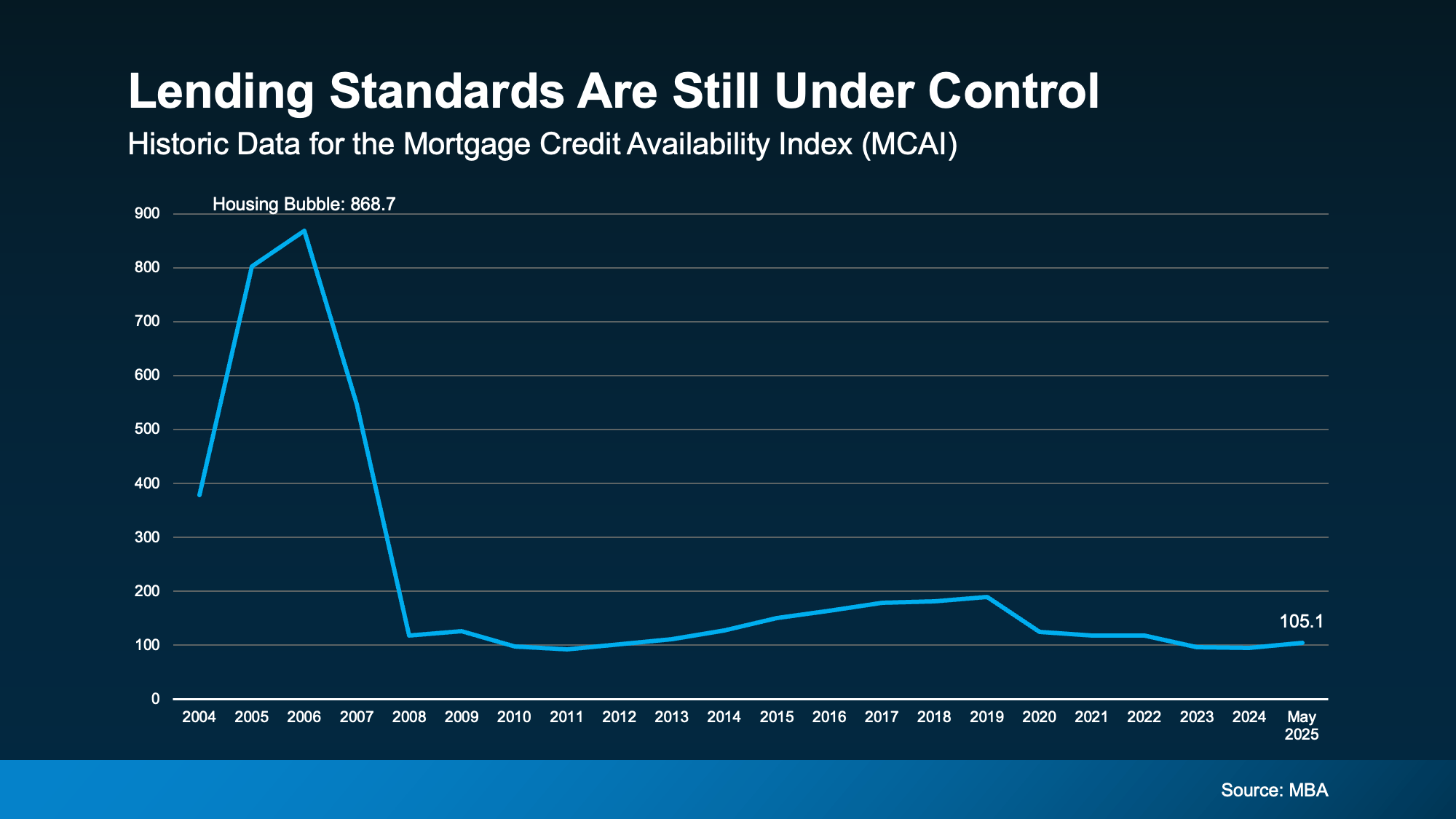





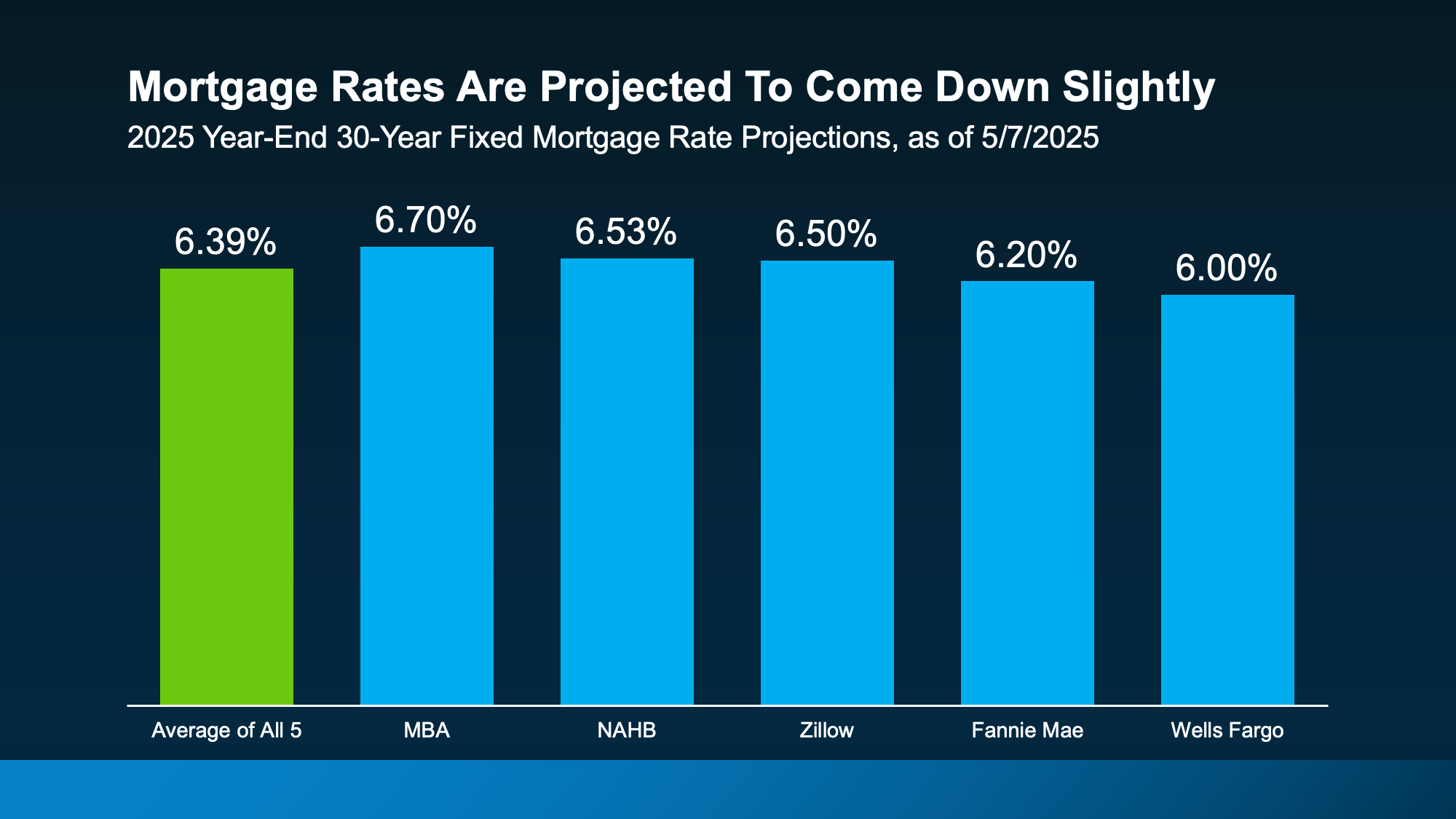
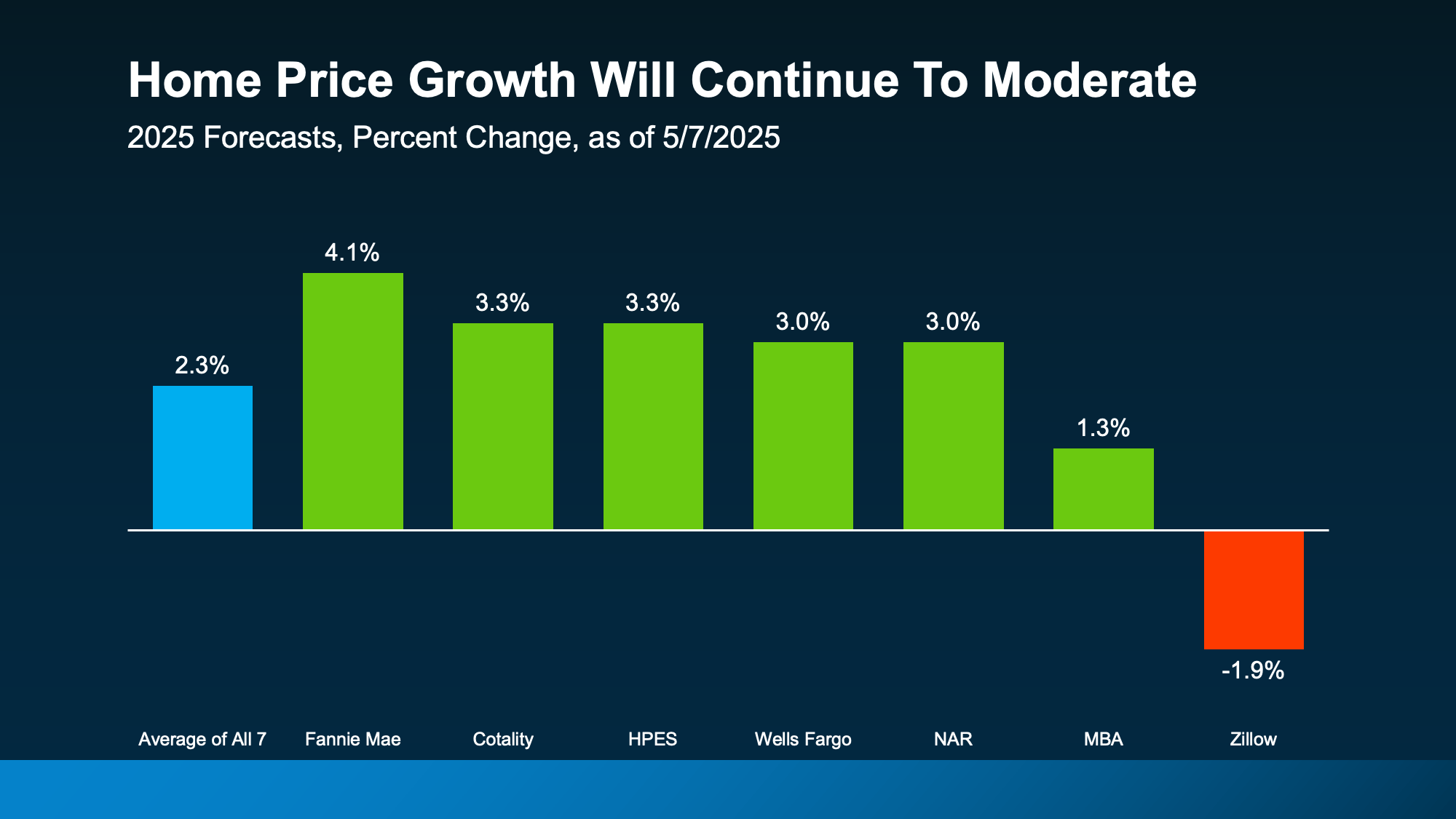

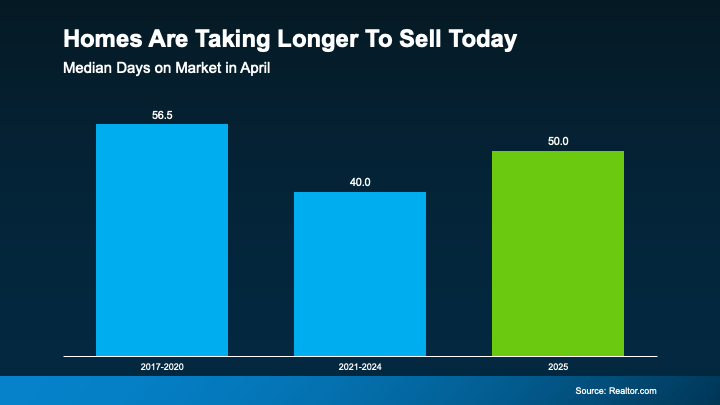

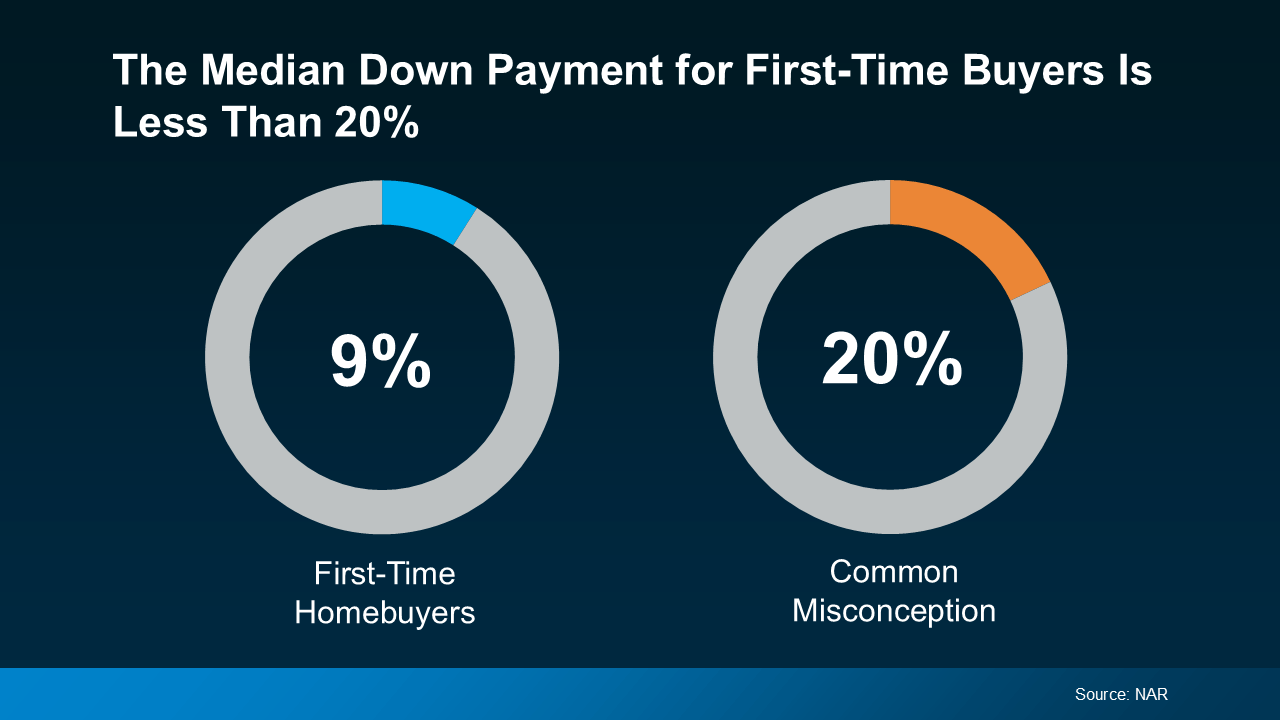 The takeaway? You may not need to save as much as you originally thought.
The takeaway? You may not need to save as much as you originally thought. 